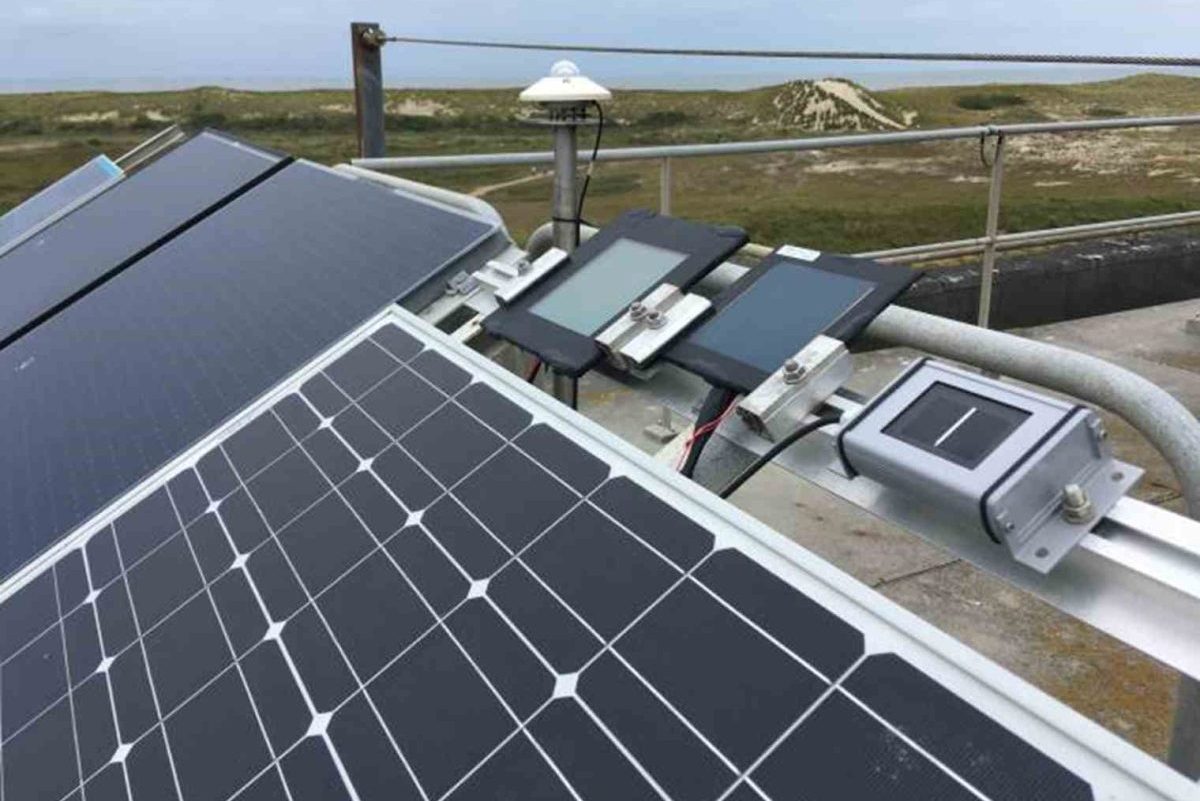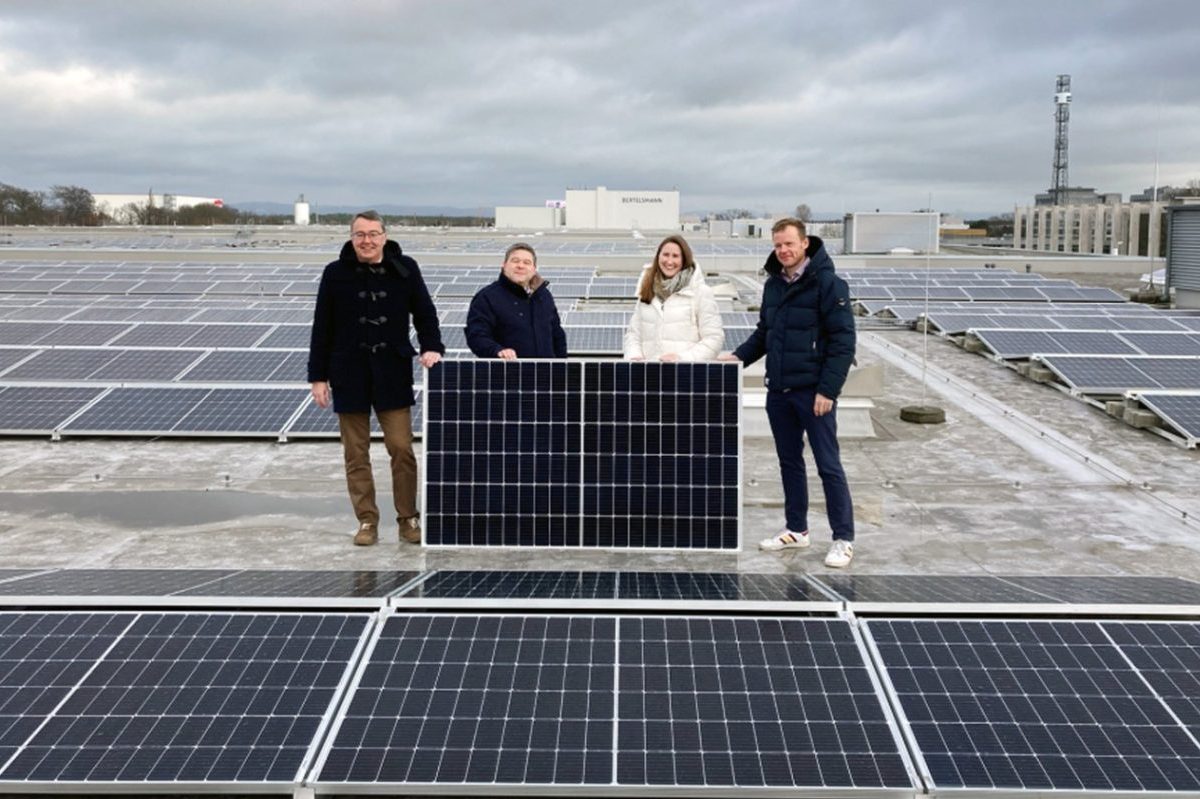There have been increasing demands for PV technology, whether it’s on the level of a city or structure. The PV technology requires intelligence and multi-functionality in order to successfully meet these demands. This means that various innovations in its design, cells, modules and electrical connections are required.
Color, surface modification, 3D shaping, patterning of metal lines, and being able to mimic the appearance of various materials are a few examples of what could be possible innovations for the design aspect. Technology demands and technology adaptation are then the focus areas for this research line.
Smart Photovoltaics Modules
In order to overcome issues like security hacking and shading or being able to include other adaptations like additional batteries for storage and wireless power transmission, the photovoltaics modules need to be made a lot smarter. This is where innovations in electronics or the electronic design of the modules can prove helpful and necessary.
Advanced Photovoltaics Modelling

PV technology needs to undergo advanced modelling so it can properly adapt technology, integrating it into different structures and then, eventually, into society. You can use the modelling tools more efficiently for modelling photovoltaics systems on the cell, module, system and city levels by using the Solar Urban consortium.
The cell level allows ray tracing, polarization, the angle of incidence effects, and coherent propagation to be modelled. Bifacial modules from the cell up can also be modelled too, along with the standard modules. Modelling of full systems that have 3D mounting effects is also possible.
PV Windows
These days, fixing PV panels on the roof isn’t simply what Building-integrated Photovoltaic (BIPV) is about. It’s unsurprising to find PV materials to be contained in a building envelope or serve as a functional part of the building.
With modern buildings having significantly fewer horizontal areas and more vertical ones, it’s no surprise that windows become a channel for harvesting solar energy. However, window PVs not only generate power, but they are also used for other building functions like privacy protection, preventing glare from the sunlight, daylighting control, open view, and other related functions.
The goal of designing PV windows, besides generating power for net-zero energy buildings, is to provide inhabitants with a work and living environment that’s healthy and comfortable.

